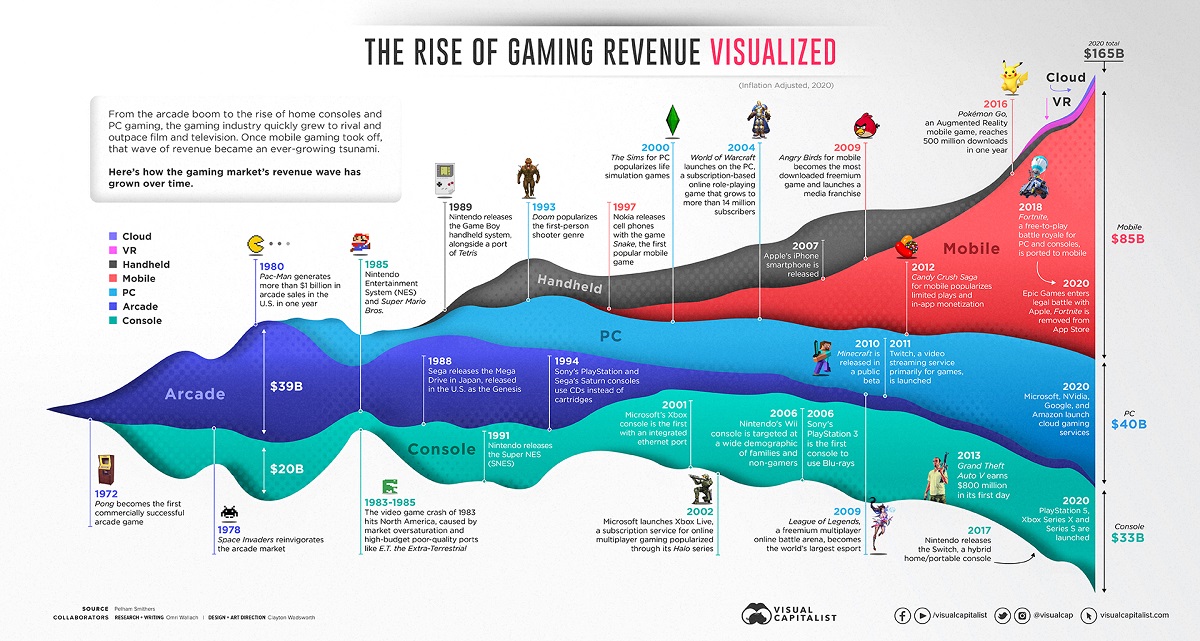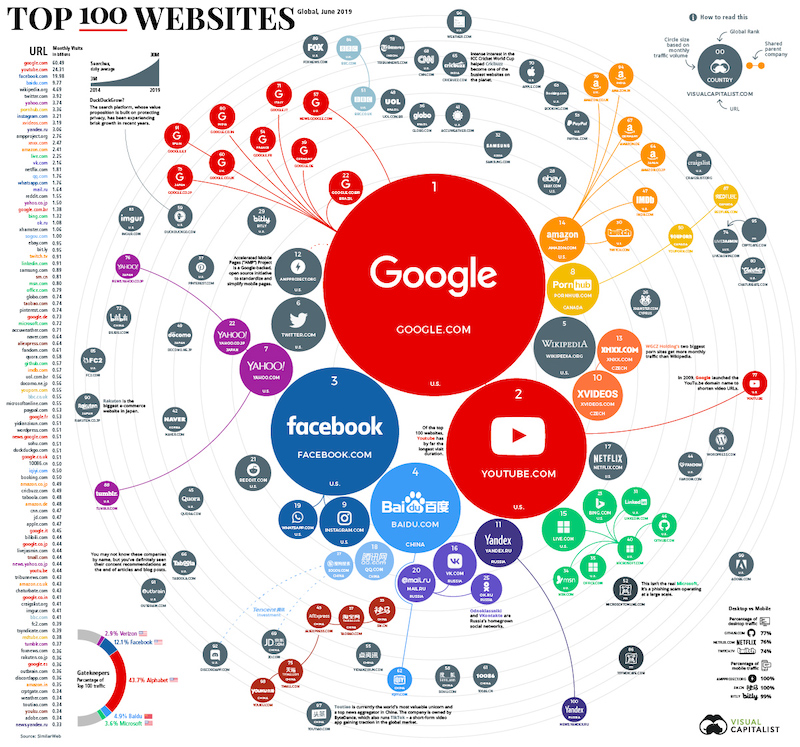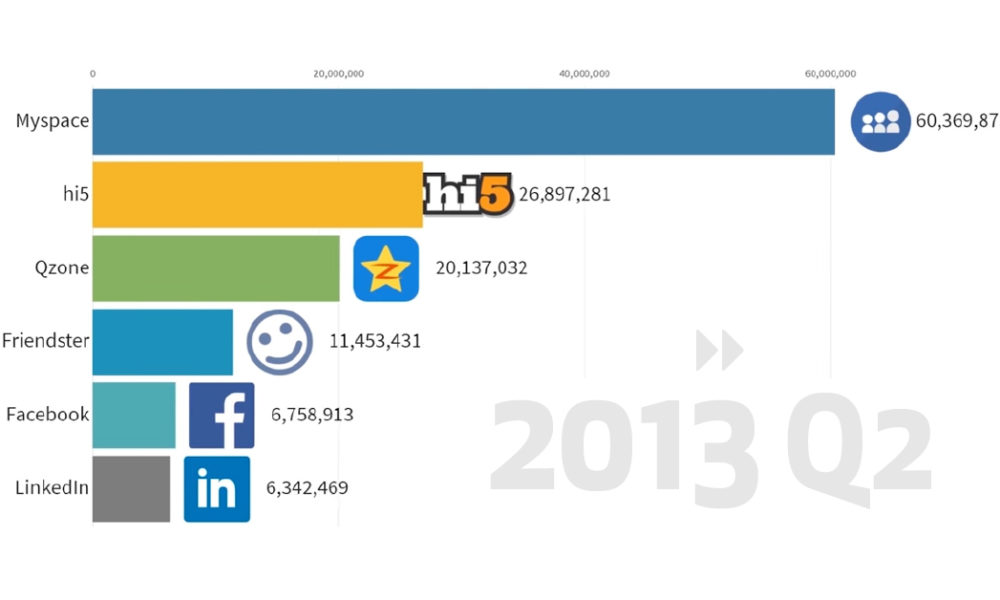
50 Years of Gaming History, by Revenue Stream (1970-2020).
Every year it feels like the gaming industry sees the same stories—record sales, unfathomable market reach, and questions of how much higher the market can go. We’re already far past the point of gaming being the biggest earning media sector, with an estimated $165 billion revenue generated in 2020. But as our graphic above helps illustrate, it’s important to break down shifting growth within the market. Research from Pelham Smithers shows that while the tidal wave of gaming has only continued to swell, the driving factors have shifted over the course of gaming history.
1970–1983: The Pre-Crash Era
At first, there was Atari. Early prototypes of video games were developed in labs in the 1960s, but it was Atari’s release of Pong in 1972 that helped to kickstart the industry.
Atari 2600 home console in 1977 become the first console to sell more than a million units. After dwindling due to a glut of Pong clones, the release of Space Invaders in 1978 reinvigorated the market. Arcade machines started to be installed everywhere, and new franchises like Pac-Man and Donkey Kong drove further growth. By 1982, arcades were already generating more money than both the pop music industry and the box office.
1985–2000: The Tech Advancement Race
Unfortunately, the gaming industry grew too quickly to maintain. At the same time, personal computers were becoming the new flavor of gaming, especially with the release of the Commodore 64 in 1982. It was a sign of what was to define this era of gaming history: a technological race. In the coming years, Nintendo would release the Nintendo Entertainment System (NES) home console in 1985 (released in Japan as the Famicom), prioritizing high quality games and consistent marketing to recapture the wary market.
The introduction of Mario in Super Mario Bros declare the massive success of the NES revived the console market. Nintendo looked to continue its dominance in the field, with the release of the Game Boy handheld and the Super Nintendo Entertainment System.
In 1988, arcade company Sega entered the fray with the Sega Mega Drive console (released as the Genesis in North America) and then later the Game Gear handheld, putting its marketing emphasis on processing power. Electronics maker Sony released the PlayStation in 1994, which used CD-ROMs instead of cartridges to enhance storage capacity for individual games. It became the first console in history to sell more than 100 million units, and the focus on software formats would carry on with the PlayStation 2 (DVDs) and PlayStation 3 (Blu-rays). Even Microsoft recognized the importance of gaming on PCs and developed the DirectX API to assist in game programming. That “X” branding would make its way to the company’s entry into the console market, the Xbox.
2001–Present: The Online Boom
It was the rise of the internet and mobile, however, that grew the gaming industry from tens of billions to hundreds of billions in revenue.
In 2001, Microsoft launched the Xbox Live online gaming platform for a monthly subscription fee, giving players access to multiplayer matchmaking and voice chat services, quickly becoming a must-have for consumers. Meanwhile on PCs, Blizzard was tapping into the Massive Multiplayer Online (MMO) subscription market with the 2004 release of World of Warcraft, which saw a peak of more than 14 million monthly paying subscribers.
Apple’s iPhone solidified the transition of gaming to a mobile platform. The company’s release of the App Store for its smartphones (followed closely by Google’s own store for Android devices) paved the way for app developers to create free, paid, and pay-per-feature games catered to a mass market.
Now, everyone has their eyes on that growing $85 billion mobile slice of the gaming market, and game companies are starting to heavily consolidate.
For space reason few part of the original writing has been cutted. If you want to read the original source and releted comments take a look at Visual Capitalist Website.
Many Thanks to Omri Wallach for the brilliant writing.



Related Posts